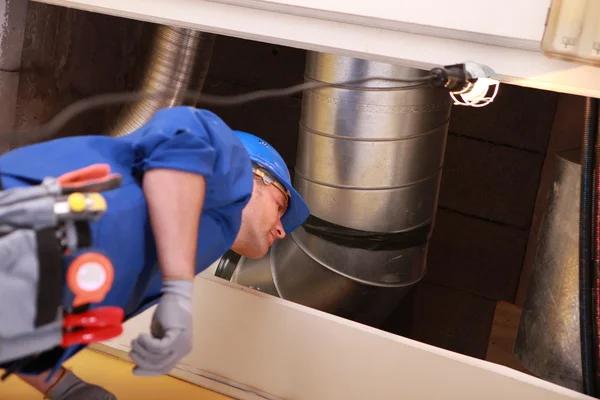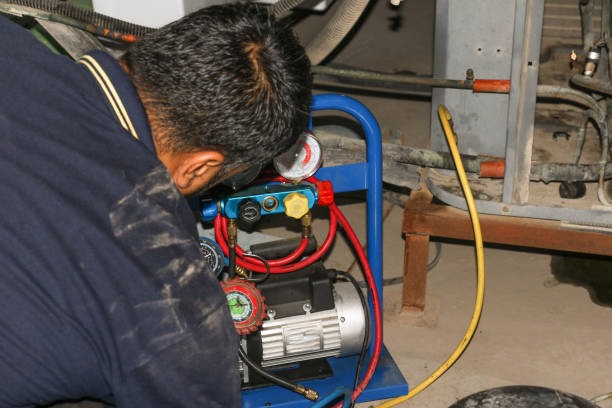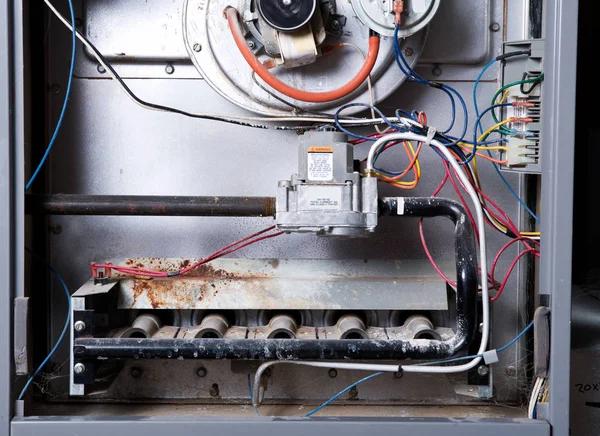How Professionals Diagnose Common Issues in Heating Systems
Diagnosing common issues in heating systems is a meticulous process that requires expertise, precision, and an understanding of the system’s components. Professionals approach this task systematically to identify the root cause of the problem and recommend appropriate solutions. Heating systems are integral to maintaining comfortable indoor environments, especially during colder months, so ensuring their proper functionality is crucial.
The diagnostic process typically begins with gathering information from the homeowner or building manager. Technicians ask specific questions about the symptoms observed—such as unusual noises, uneven heating, or complete system failure—and inquire about any recent maintenance or repairs performed on the unit. This initial step helps narrow down potential causes and provides a starting point for further investigation.
Next, professionals conduct a visual inspection of the heating system. They examine key components such as the furnace, boiler, heat services pump, thermostat, air ducts, and vents for signs of wear and tear or visible damage. For instance, cracks in heat exchangers can lead to carbon monoxide leaks—a serious safety concern—while clogged air filters may restrict airflow and reduce efficiency. Identifying these issues early can prevent more significant problems down the line.
Testing is another critical aspect of diagnosing heating system issues. Technicians use specialized tools like multimeters to check electrical connections and measure voltage levels within various components. Faulty wiring or malfunctioning circuit boards can disrupt operations and pose safety risks if not addressed promptly. In addition to electrical testing, professionals assess fuel supply lines for blockages or leaks in gas-powered systems while monitoring combustion processes to ensure optimal performance.
Another essential element involves evaluating airflow dynamics throughout the system. Poorly balanced ductwork or obstructions can result in uneven distribution of warm air across living spaces. Using instruments like manometers allows technicians to measure static pressure levels within ducts accurately.
Finally, they analyze data collected during inspections and tests to pinpoint specific malfunctions before recommending tailored solutions—from simple fixes like replacing filters or recalibrating thermostats to more complex interventions involving component replacements or full-system overhauls.



